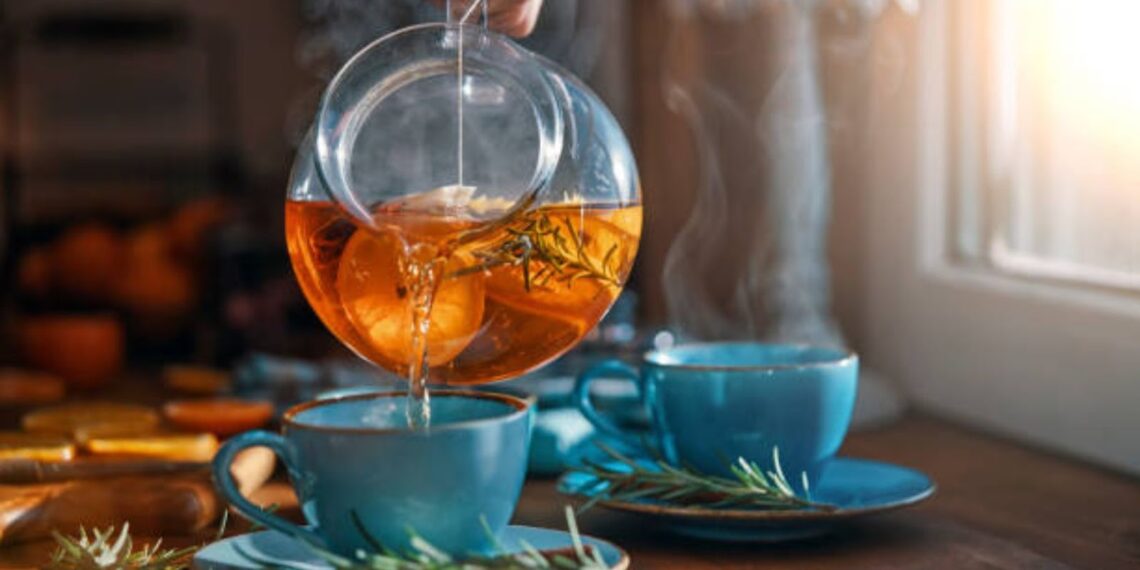Beating out the likes of coffee, water, and beer, tea is the most popular beverage in the world. Furthermore, research published in the journal Diet and Human Health has shown that it has specific properties that make it beneficial to health, from antioxidants to antiviral effects. When you think of tea, you often think of the milky and sugary affair common to the British Isles. However, the true depth of flavors and tastes associated with the ancient and vegan-friendly drink go much further than that and are best looked at first from the perspective of China, where the leaves were first thought to have originated.
East Asian tea
The original tea leaves that are used in the making of tea were first found in East Asia, Burma, and southern China. From here, several varieties have flourished, largely across East Asia and the Indian subcontinent. As a result, there’s a huge variety in the number of teas you can try, ranging from the rich Japanese Shizuoka blend to the Indonesia Banton. The most classic tea is probably oolong, however, or “dark dragon” tea.
Beating out the likes of coffee, water, and beer, tea is the most popular beverage in the world. Furthermore, research published in the journal Diet and Human Health has shown that it has specific properties that make it beneficial to health, from antioxidants to antiviral effects.
According to Reuters, researchers in China have shown that regular oolong consumption can help to prevent obesity. As for the taste, however, it’s a real treat – oolong tea is floral, fruity, and with a thick mouthfeel, according to Valley Brook Tea, giving it a light and grassy taste that is nevertheless warming.
Into Ceylon
When you head to Sri Lanka, tea drinking gets significantly different from the light and fresh flavors of China. As The Spruce Eats highlights, a classic Ceylon tea is bold, full, and brisk. Instead of sugar, crystallized forest honey is used as a sweetener. The drink is usually finished off with a dash of milk, but when drunk cold, a little lemon is used instead.

This is closer to the British tea that’s so well known around the globe and is probably the inspiration for the drink – but it’s a little bit more nuanced. The flavors are full and rich, but also with plenty of fruity nuances. Perfect for casual drinking.
Turkish style
Visitors to Turkey will be very familiar with the rich coffee made in fantastic copper pots heated in a bed of sand. However, while tourists enjoy Turkish coffees, the most popular drink in the Anatolian nation is actually tea, and most residents will offer visitors tea in a small glass rather than coffee. According to All About Turkey, tea is similar to coffee in one way – its full flavor and body. This is why small, tulip-shaped glasses are offered. No milk is used, but sugar is traditional and astringent. The flavors are powerful and plentiful, which is why a small measure is usually prescribed.
Today, the drink is actually associated more with the Deep South than any other region of the country, to the point that it has become a hallmark of the American South image. The recipe is a simple one, according to food mag Kitchen. Boil the tea, let it steep for up to four minutes, and then stir in water and sugar.
While Turkish tea is associated with strong and potent flavors, there’s a gentler side to the tradition, too. Apple tea – Elma çayi – has become widespread in the country and is a strict departure from the caffeine-heavy black stuff. Sweet, free of caffeine, and with a tart-to-sweet flavor, it’s very refreshing in a country that, of course, sees very hot temperatures. It also leans into the tea tradition, perhaps most familiar in the USA.
America’s Deep South
The USA always likes to do things its own way, and it’s no different when it comes to drinking tea. According to NPR, 85% of drunk tea inside of the USA is taken cold, and that’s a tradition that dates back as far as the 1800s when northern ice harvesters would cut out huge blocks of ice from frozen midwest lakes and then pack them in sawdust to preserve their temperature.

Today, the drink is actually associated more with the Deep South than any other region of the country, to the point that it has become a hallmark of the American South image. The recipe is a simple one, according to food mag Kitchen. Boil the tea, let it steep for up to four minutes, and then stir in water and sugar. After long refrigeration – in which the flavors will mingle further – bring it out to serve with ice, mint, and lemon. This only scratches the surface of the sheer amount of tea drunk around the world. Russia drinks it differently again, and then the Moroccans have their own style, too. With herbal teas, there’s also another world of health benefits and flavors to explore. This is why tea is so beautiful – its diversity is endless.













